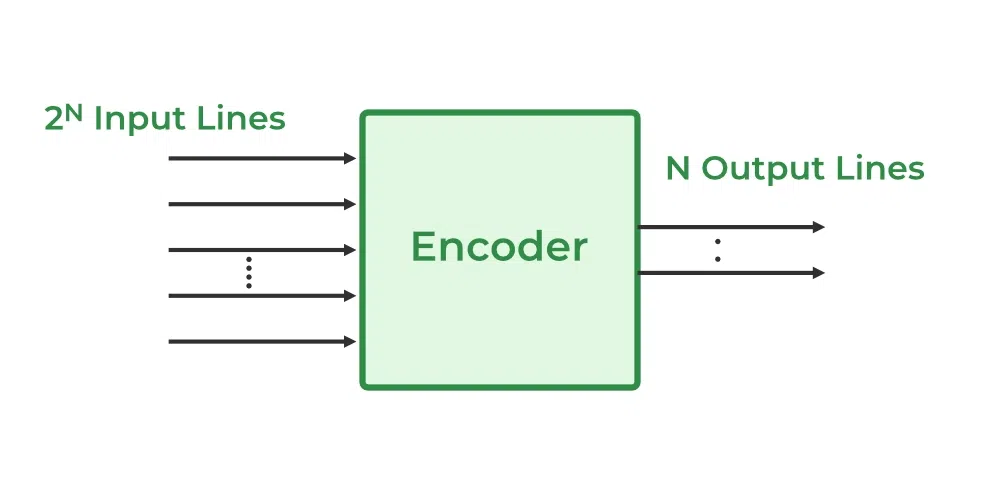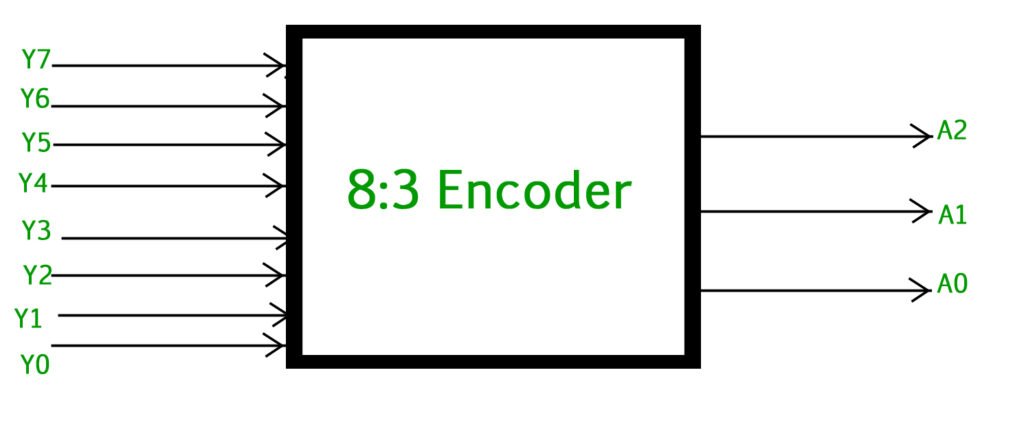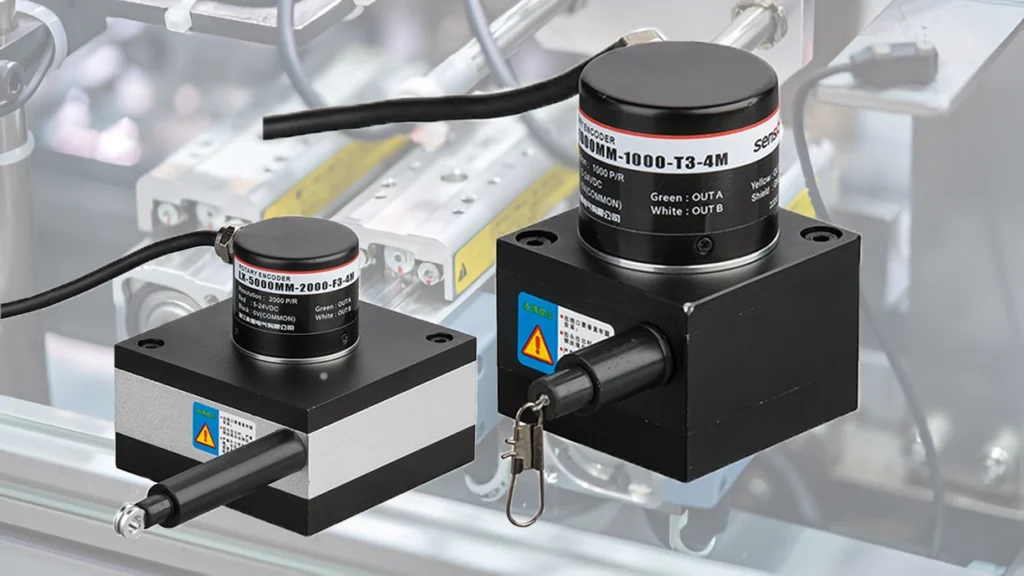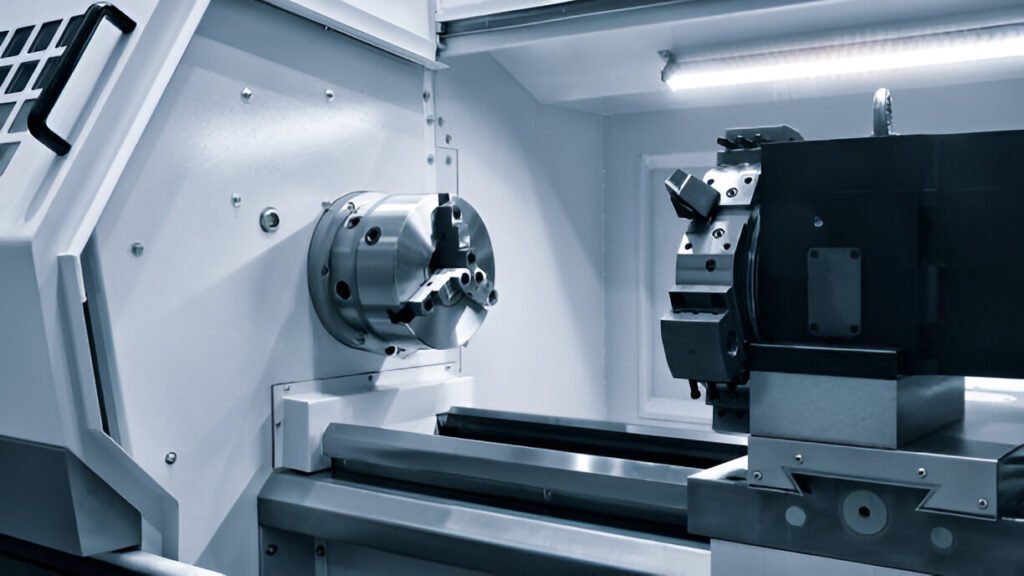オートメーション、ロボット工学、産業用制御システムに携わっていると、"エンコーダー "という言葉をよく目にする。
しかし、技術図でエンコーダーの記号が何を意味するのか、疑問に思ったことはないだろうか。
次にエンコーダーの記号を見たときに、それが何を見ているのか、なぜ重要なのかを正確に理解できるように、一緒に分解してみましょう。
エンコーダー・シンボルとは?
エンコーダシンボルは、エンコーダコンポーネントを表すために電気およびオートメーション回路図で使用される標準化されたグラフィックです。
音符がミュージシャンに何を演奏するかを伝えるように、エンコーダー・シンボルはエンジニアや技術者に回路で何が起こっているかを伝える。
これは、どこの国の人であろうと、誰もが同じ技術的な言葉を話せるようにするための視覚的な略語である。
エンコーダ・シンボルの国際規格
どの企業も独自の方法でシンボルを描いていると思うかもしれないが、それはカオスだ。T
そのため、国際電気標準会議(IEC)のような組織は、エンコーダのシンボルがどこでも同じように見え、同じことを意味するようにするための規格、特にIEC 60617を作りました。
アメリカでは、以下のような規格も見られる。 べいこくきかくきょうかい とIEEEがあるが、世界的にはIEC 60617が主流である。
これらの規格によると、エンコーダのシンボルは通常、入力端子と出力端子を持つ長方形(デバイスを表す)として表示される。
ロータリーエンコーダの場合、回転シャフトを示す小さな円や円弧が取り付けられているのをよく見かける。
シンボルマークには、方向を示す矢印や「ENCODER」のようなラベルが含まれ、物事を明確にすることもある。
すべてのエンコーダーが同じように作られているわけではなく、その記号も同じではありません。一般的には以下のようなものがある:
- ロータリーエンコーダシンボル:長方形に突出した円または円弧が描かれ、回転を示す矢印が描かれることもある。
- リニアエンコーダ 記号:直線的な動きを表す平行線または直線的な矢印のある長方形。
- デジタルエンコーダ 記号:論理回路の場合、複数の入力と少数の出力を持つ三角形や四角形が、線の数(「8対3」のように)で表示されていることがあります。

また、インクリメンタルエンコーダとアブソリュートエンコーダのバリエーションもあります。インクリメンタルエンコーダのシンボルには、参照用の余分な線(Zチャンネルのような)が含まれている場合があり、アブソリュートエンコーダのシンボルには、追加のラベルや独自のアウトラインが含まれている場合があります。
エンコーダ・シンボルの読み方と描き方
回路図上でエンコーダーのシンボルを見かけたら、以下の点に注意してください:
- インプットとアウトプット:エンコーダーが他のシステムにどのように接続されているかを示す。
- ラベル:ENCODER"、"ABS"、"INC "などの単語は、タイプを見分けるのに役立つ。
- 矢印または円:移動方向または回転を示す。
自分で図を描く場合は、標準に忠実にしてください。明確な長方形を使い、すべての端子に印をつけ、必要なラベルを付けましょう。こうすることで、文書が明確でプロフェッショナルなものになります。
実用的なエンコーダ・シンボル
現実的な話をしよう。コンベアシステムの制御盤の図を読んでいるとしよう。モーターのすぐ横にエンコーダのシンボルがあり、出力線は PLC につながっています。ロボットアームの回路図では、エンコーダのシンボルが各関節に配置され、システムが位置と動きをどのように追跡するかを示しています。
例えば、コンベヤがあるべき位置で停止しない場合にトラブルシューティングを行う場合、配線図でエンコーダのシンボルをたどることで、正しい接続と信号を素早く見つけることができます。
特殊な記号を持つ装置はエンコーダーだけではない。
デコーダーにもぶつかるだろう、 センサーそしてトランスデューサーである。長方形や三角形など、見た目は似ていても、それぞれにユニークな特徴がある。
例えば、デコーダのシンボルは通常、入力よりも出力が多く、センサーのシンボルは波や矢印を含むかもしれない。混乱を避けるために、ラベルと文脈を常に再確認してください。
結論
エンコーダーの記号を理解することは、単に図を読むことではなく、エンジニアリングの世界共通語を話すことなのだ。
新しいシステムを設計する場合でも、古いシステムのトラブルシューティングを行う場合でも、複雑な回路図を理解しようとする場合でも、エンコーダ記号の意味を知っていれば、時間と頭痛の種を減らすことができます。
今度、丸や矢印のついた小さな四角形を見つけたら、それがオートメーション・システムの精密な動きの鼓動であることがわかるだろう。
よくある質問
なぜ標準化されたエンコーダー・シンボルを使うのか?
標準シンボルにより、ダイアグラムは明確で一貫性が保たれ、グローバルなコラボレーションが可能になります。
公式エンコーダー・シンボルはどこにありますか?
最新のシンボル定義については、IEC 60617または各業界の優先規格をご確認ください。
シンボルがインクリメンタルエンコーダ用かアブソリュートエンコーダ用かを見分ける方法を教えてください。
インクリメンタルエンコーダには基準チャンネルが表示され、アブソリュートエンコーダには固有のマークが表示されることがあります。









